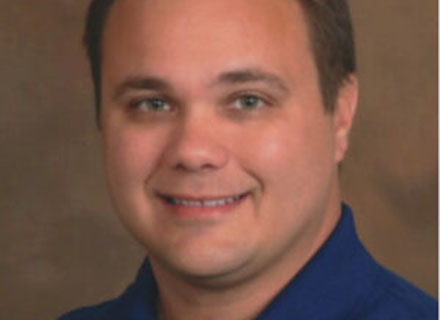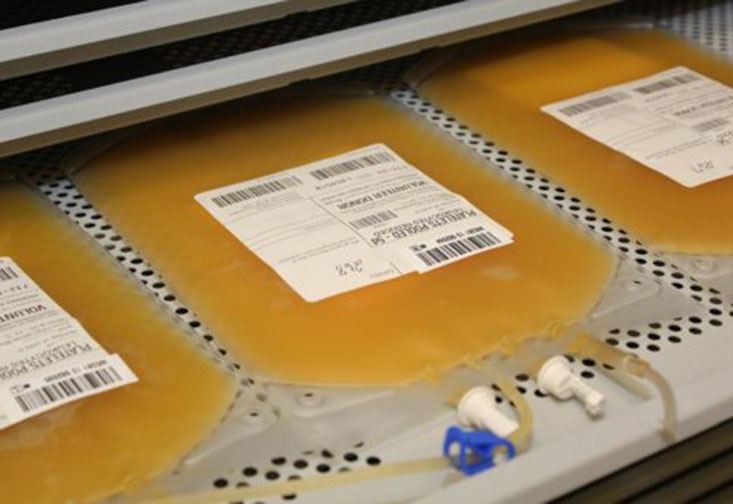Kelley Counts was pursuing his MBA when he was struck by an idea that had the potential to benefit patients in need of critical blood products.
Counts was in a predictive analytics class, learning how to use data to identify patterns and predict future outcomes such as who is likely to buy certain products or pay back loans on time. He wondered if he could use artificial intelligence to develop a model predicting who is likely to donate platelets and blood.
Working at OneBlood, one of the largest blood centers in the country and recognized by their Big Red Buses deployed for blood drives, Counts set up a special project to develop this model with Varol Kayhan, who taught the class and is Associate Professor of Information Systems at USF St. Petersburg.
From this endeavor, Counts developed one of the first predictive model that uses machine learning for the platelet and blood donation industry.
“Utilizing predictive analytics, we can save lives when the right donor is marketed to at the right time and with the right message to meet the needs of surrounding hospitals and their patients,” said Counts, who is a data scientist for OneBlood.
Platelets are cells that help the body form clots to stop bleeding, heal wounds and hold a unique power to save lives. Cancer patients are one of the primary recipients of platelets due to the harsh side effects of chemotherapy. They are needed every day and have to be managed carefully because of their short shelf-life, around five days.
However, platelets donations are not common. Most blood is given through whole blood donations, where red cells, platelets, plasma and white blood cells are collected together. For platelet donations, whole blood is drawn and the platelets are separated by a machine at the time of donation and the other components are returned back to the donor.
“Among those who donate blood, only about one in thirty donate platelets,” said Counts. “This is largely because of the time it takes. Where a regular blood donation can be completed in about 45 minutes, platelets can take up to two hours.”
Knowing all this, Counts devised a way to better identify those who are more likely to donate platelets. Understanding the characteristics that make a person more likely to donate platelets such as age and donation history, Counts developed a model to identify those rare donors.
“Say you have data on 100,000 people, but there are only a few thousand that you really need to tap into that are most likely to donate,” explained Counts. “With this machine learning model, we can use it to help us identify those who have certain characteristics that make them much more likely to become a platelet donor.”

Once those likely donors are identified, OneBlood reaches out via email, text messaging or phone call, to let them know of the opportunity to donate platelets. From there, conversions are tracked and that data is used to increase the predictive accuracy of the model.
“Not only did he [Counts] further his career trajectory, he also completed an independent study and advanced course work to delve deeper into predictive analytics and data science,” said Kayan. “He came up with an innovative idea using real-world data to tackle a real-world challenge.”
Since developing the prototype, segments of the model have been presented at professional conferences and a version 2.0 is in the pipeline.
Implementing predictive analytics projects within an organization can be challenging due to the operational and organizational change involved. There must be buy-in throughout the company to allow predictive algorithms to make generalizations about the future.
“OneBlood is a very progressive organization with a lot of talented people. Without our marketing and business intelligence divisions along with our leadership, projects like this would never make the agenda and mature,” said Counts.
“For us it’s not just about technology. It’s easy to get hyper-focused on AI, but without the right data-driven culture and talented people across the enterprise to use and support it, we would fall short,” added Lance Reed, chief operating officer at OneBlood.
The development of the first predictive model using mass data in the blood banking and pharmaceutical transplant industry has others across the country thinking how predictive analytics can help even more people.
“All of this started in a class at USF St. Petersburg,” said Counts. “Now it has grown to be so much more and have such an impact.”
